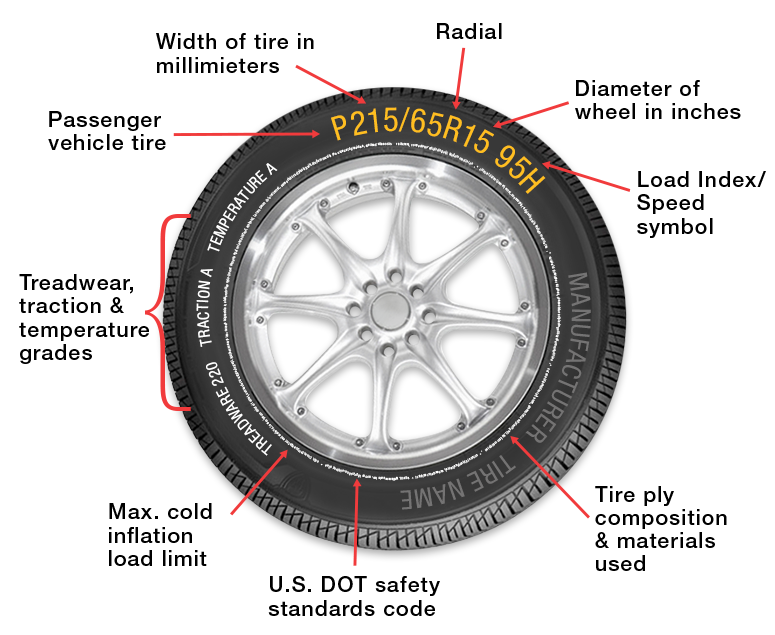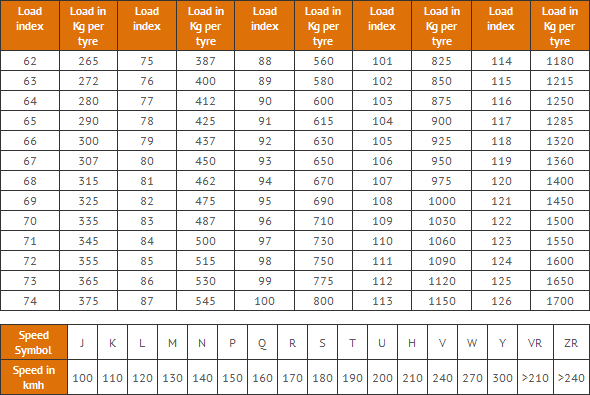How many times did you ask yourself about the meaning of the code written on the tires sidewall? Actually, they do have a meaning and they are substantial in choosing the best set of tires that fit your car or needs.
These codes describe some basic information about the tire such as its dimension, maximum speed, load-baring ability, etc.
We thought about expounding here some of these codes to make purchasing new tires for your car easier.
Code explanation
The code reveal the tire specifications. Codes have become more complex by years as they now demonstrate more specifications including traction rate, temperature resistance, etc.
The code is written in a string of letters written on its sidewall starting with the letters (P/LT/ST/T) which indicate the use of the vehicle or its class.
P stands for passenger car, LT for light truck, ST for special trailer, and the T is for Temporary.
Then there is a 3-digit number that indicates the width of the tire in millimeters. After this number there is a slash and another 2- or 3-digit number that indicates the tire height. So, all in all, this part of the code will be shown like that (xxx/xx).
Another 1- or 2-digit number is adjacent to this part that indicates the tire diameter. It could be 15, 16, 18, 22.5, or whatever.
Then there is a space and another 2- or 3-digit number that indicates the car load index or the maximum load the tires could bear.
Load Index
There are two different metrics of load index, ISO-Metric and P-Metric. They have slight differentiation in between, however, the ISO-Metric standards state the load index at inflation pressure of 36 psi while the P-Metric state them at 35 psi.
It’s worth mentioning also that P-Metric tires may have different load capacities according to the tire size. That’s why the TRA inflation tables should be into consideration when checking P-Metrics tires load index.
A standard load index table was issued to stand as a reference for all car owners and tires buyers. It shows the meaning of load index codes from 0 to 136,000 kg.
Each load index code has its adjacent of weight in kilograms or pounds shown in the table. For example, if you find the load index code on your tire sidewall is 60, then its maximum load weight is 250 kg.
Speed rating
The speed symbol stands next to the load index code. It’s made up of only one letter in most cases and it indicates the maximum speed the tire can sustain.
Each letter has its adjacent of car speed. For example, the ‘Q’ code means the tire could sustain up to 160 km/h, R means 170 km/h, and S means 180 km/h.
You can find the speed rating table that shows all speed rating codes and their meanings on the internet, same as the load index table too.
This article may explain a lot about tires specifications code, but that’s not the whole of it. Keep following us for more information about car realm.







